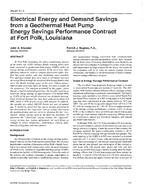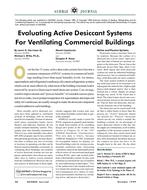Recent advances in residential building energy efficiency and codes have resulted in increased interest in developing detailed residential building energy models using the latest energy simulation software. One of the challenges of developing residential building models to characterize the new residential building stock is allowing for flexibility in addressing the variability in house features such as geometry, orierntation, envelope construction, and heating, ventilation and air-conditioning systems. Researchers at the Pacific Northwest National Laboratory (PNNL) solved this problem in a novel way by creating a simulation structure capable of creating fully functional EnergyPlus batch runs using a completely scalable residential EnergyPlus template system. This system was used to create a set of 32 residential prototype building models covering typical single- and multifamily buildings, four common foundation types, and four common heating system types found in the United States (US). A weighting scheme with detailed state-wise and national weighting factors was designed to supplement the residential prototype models. The complete set is designed to represent a majority of the new residential construction stock. The entire structure consists of a system of utility programs developed around the core EnergyPlus simulation engine to automate the creation and management of large-scale simulation studies with minimal effort. The simulation structure and the residential prototype building models have been used for numerous large-scale studies. One such study investigating the cost-effectiveness of the latest residential energy code at the state level is briefly discussed in this paper.
Citation: ASHRAE/IBPSA-USA Bldg Simulation Conf, Atlanta, GA, Sept 2014
Product Details
- Published:
- 2014
- Number of Pages:
- 8
- File Size:
- 1 file , 2.5 MB
- Product Code(s):
- D-BSC14-58


